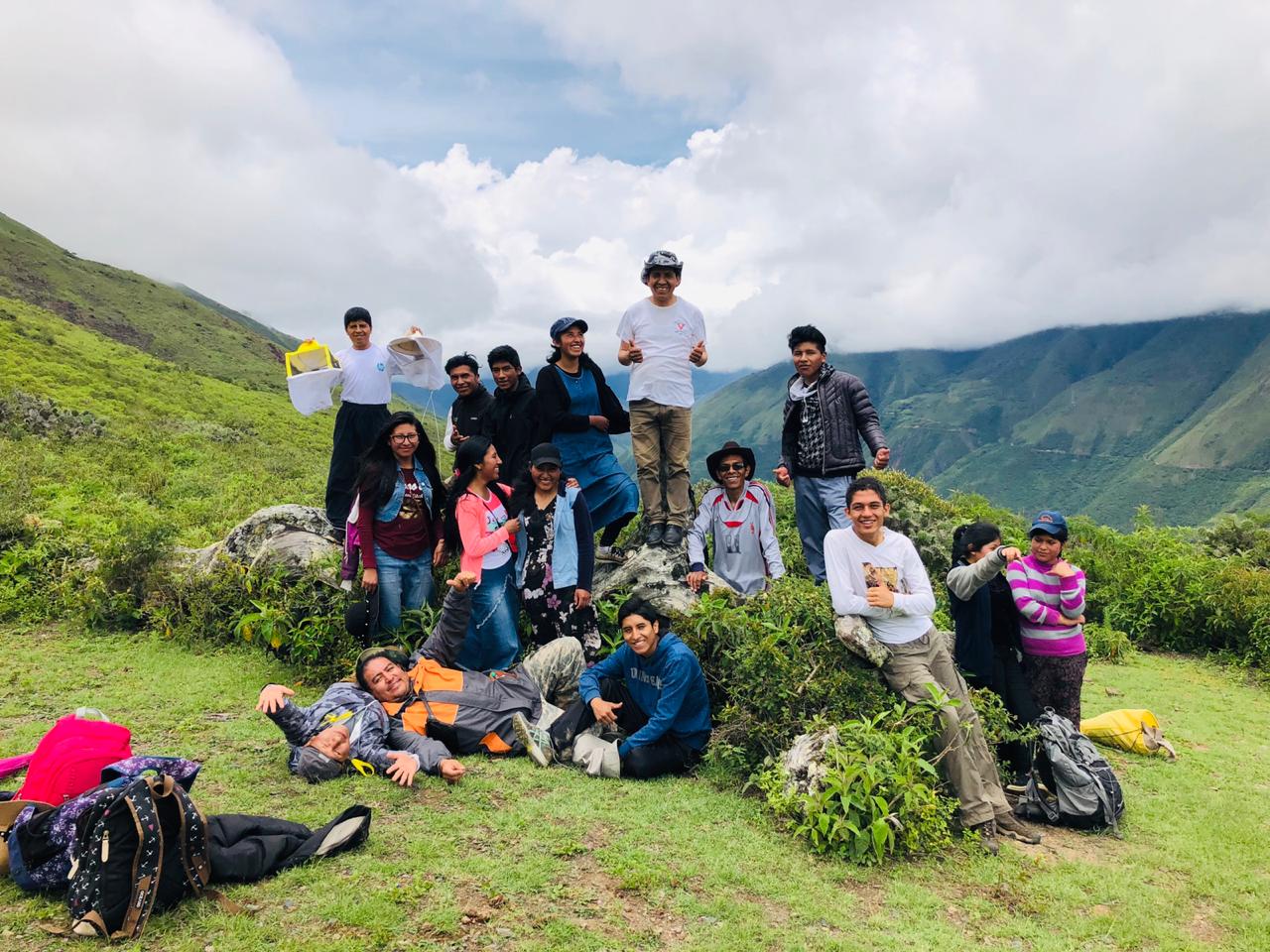
La Paz, Bolivia—Every year, the SDARM Bolivian Youth Department organizes a four-day hike with the youth for either December or January. The hike takes place in the Andean highlands of Bolivia, and its purpose is to visit our brethren who live in the villages of that region. The 2019 Caminata de los Yungas (2019 Yungas Hike) was the 14th held.
At the beginning of this year, the youth, mainly from La Paz, met in the city and embarked on a 6-hour drive via van to cross the "Road of Death" in direction of the village of Taca, which is located at an altitude of 3,500 meters atop the Bolivian jungle.
The only church operating in Taca is the Seventh Day Adventist Reform Movement. So whenever anyone in the village needs prayer, or a pastor, or is sick, they go to our church for help.
We arrived in Taca, a small village with approximately 100 inhabitants, on Friday and spent the day engaged in welfare and health assistance activities in the village. On Sabbath, we held evening classes on Health Reform. The lectures were presented by Brother Guimer.
On Sunday morning, we began the hike, going from the top of the mountain, through the river, then crossing it and climbing again to another village where more brethren live.
The path was a shepherd’s narrow trail in the midst of the mountain going down to the river. The experience is a mixture of contemplation of the staggering beauty and greatness of the mountains, tiredness from walking the whole day, and fear of falling down the mountain or being hurt by the cactus and rocks along the way. Our group was made up of young men and young women, who, even with their skirts and dresses, made faster progress than the young men.
After arriving and enjoying a delicious soup prepared by the brethren, we went to sleep. The next day there were classes about honey production and apitherapy until the afternoon when we departed to another village where, once again, ours is the only church.
However, we had left the village too late and daylight was running out. The trail was old, so it was hard to find the way. It took a lot of time, and we had to cross the jungle at night. Providentially, there was an elderly couple from our church living deep within the mountain. At 10:30 pm we arrived at their house, and they gave us room to sleep. Thank God we have family even in the remotest places.
In the morning we departed to the village of Siquilini. The third day of hiking was wonderful. With renewed energy, we spent the first hours of singing and climbing from one hill to another. About an hour from Siquilini, the path brought us to another hill which we had to cross and to reach the road to the village.
We were tired and climbing the hill would be exhausting, so we decided to take a "shortcut" to arrive faster and not have to climb the hill. However, the "shortcut" ended up being more difficult than the original path as it took us to a precipice. It took us 3 hours more than planned and taught us a lesson never to be forgotten: "sometimes the way is narrow and costly, but stick to it. Don't try to find shortcuts; in the end, they will lead you to a precipice and demand much more than following persistently on the right way."
Finally, we got back on the road and arrived in Siquilini, the Bolivian Canaan. The brethren there, before accepting the Gospel, were producers of coca leaf. Now, they have stopped producing coca and have sown fruits, harvesting beautiful and large organic mangos, bananas, watermelons, melons, and plenty of other organic produce.
There, the brethren prepared for us a delicious lunch solely with the food from their plantations. After lunch, we took the van back to La Paz and ended our hike through God's creation.
In this region we have over 4 churches, most often they are the sole church for miles. While we were hiking, a brother told me how the Gospel arrived in that region.
Brother Olindo Braga from Brazil decided to go to another country to spread the message. He went to this region in Bolivia and started going village to village preaching the Gospel. There were no roads, only the trails we took. To go from one village to another, he followed these shepherd trails. There are snakes, tarantulas, and pumas in that region. When you walk as a group as we did, there is less danger because the animals fear the noise. But when you are alone, the animals see you as food or an enemy. Even so, Brother Braga decided to go and share the Gospel. When the villagers saw him coming from the trail, facing difficulties with the language, and still trying to preach to them, they were amazed and desired to know more about the faith that led him there.
Those who accepted the Gospel decided to abandon worldly addictions and business to follow the same God that motivated Brother Braga to reach them with God's Word.
After hearing this powerful story, I felt ashamed of how little I do for the cause of God. Have you ever evaluated how much you do for the Gospel? Sometimes we fear even to testify at work or school to not suffer shame or because we don't want to have to put aside our secular things to tell others about eternal things.
May the Lord inspire us to share our faith and what He has done in our lives with others. May He help us recognize the opportunities He gives us to share with others the Good News of His love.

















